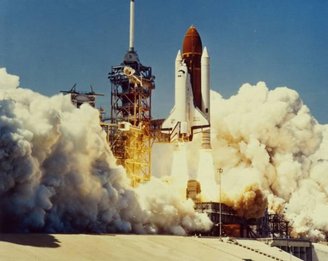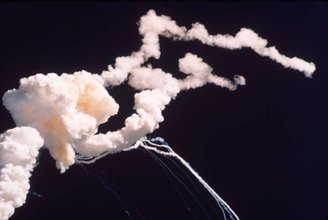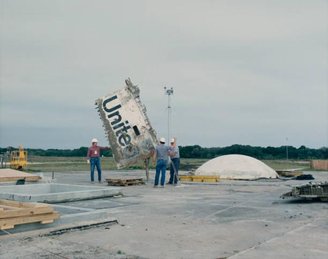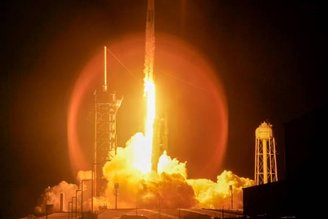On the morning of January 28, 1986, millions of people around the world tuned in to their televisions to watch a historic achievement: Launch of NASA’s Challenger space shuttle.
The enthusiasm was palpable not only because of the inherent grandeur of space missions at the time, but also because of a special crew member on board: Christa McAuliffe, the first civilian teacher in space. But just 73 seconds after liftoff, what was supposed to be a turning point in human exploration turned into one of the greatest tragedies in space history.
In the 1980s, the space shuttle represented the culmination of an ambitious vision for sustainable and affordable space exploration. The new phase of the United States space program first opened in 1981 designed to revolutionize space travel with reusable vehicles that can perform frequent missions.
Challenger, the second space shuttle of its type to enter service, had already completed nine successful missions before its final flight.
But these missions were not without criticism: Some experts noted the high costs and risks, but nevertheless NASA promoted the space shuttles as a symbol of scientific progress and a tool for diplomacy and education. The STS-51-L mission required Challenger to transport satellites, conduct experiments, and, through Professor McAuliffe, inspire a generation of students.

Temperatures at the Kennedy Space Center in Florida on the morning of the launch were unusually low, dropping to about -1°C. Despite the concerns of some engineers, the decision was made to continue with the program. At 11:39 local time, Challenger’s main engines and two solid-fuel boosters ignited, launching the spacecraft skyward.
But seconds after launch, cameras captured smoke signatures coming from one of the solid fuel thrusters on the right. The problem quickly escalated, and at 73 seconds a catastrophic failure caused the external liquid fuel tank to rupture, triggering an explosion that ripped the Challenger apart in mid-air.

A careful and detailed investigation was later conducted by the so-called Rogers Commission, and it was revealed that the cause of the accident was a failure in the O-ring connections of the right solid fuel. O-ring seals were rubber sealing rings designed to prevent the leakage of hot gases during propellant combustion.
Due to the low temperatures on the morning of the launch, the O-rings lost some of their flexibility, compromising their ability to seal properly. During the flight, superheated gases leaked through the leak and punctured the external fuel tank, which contained liquid hydrogen and oxygen. When the tank exploded, the fuel mixture caused a massive explosion.
According to the commission’s final report, the explosion was probably not instantaneous for those inside the Challenger. Investigators estimate that the crew cabin may have survived the initial explosion, remaining intact for several seconds before crashing into the Atlantic Ocean at more than 300 km per hour. Unfortunately, none of the seven crew members on board survived the collision..

The loss was devastating not only for the victims’ families, but for the space program as a whole. The tragedy caused a nearly three-year pause in space shuttle missions and led to a complete review of NASA’s safety procedures..
“The Challenger disaster revealed the tension between technological advances and human failures.”
The investigation found that NASA was under intense political and public pressure to pursue its ambitious launch schedule. Some warnings from engineers about the risks of launching at such low temperatures were ignored, highlighting communication breakdowns within the organisation.
Following the accident, significant changes were implemented. O-rings have been redesigned, New safety protocols were implemented and NASA took a more cautious approach to launches.. The tragedy also led to a renewed commitment to transparency and the importance of listening to technical experts.

Although the Challenger disaster was one of the most tragic moments in NASA history, it was also a turning point. The space agency has revamped its approach to ensure greater safety for future missions. The space shuttle program continued until 2011, but there was a much greater emphasis on preventative measures..
Today, with the emergence of private ventures like SpaceX and new moon and Mars missions on the horizon, Challenger’s lessons remain an important reminder: although space exploration is fascinating, it requires humility in the face of technological and physical challenges.
Source: Tec Mundo
I’m Blaine Morgan, an experienced journalist and writer with over 8 years of experience in the tech industry. My expertise lies in writing about technology news and trends, covering everything from cutting-edge gadgets to emerging software developments. I’ve written for several leading publications including Gadget Onus where I am an author.












